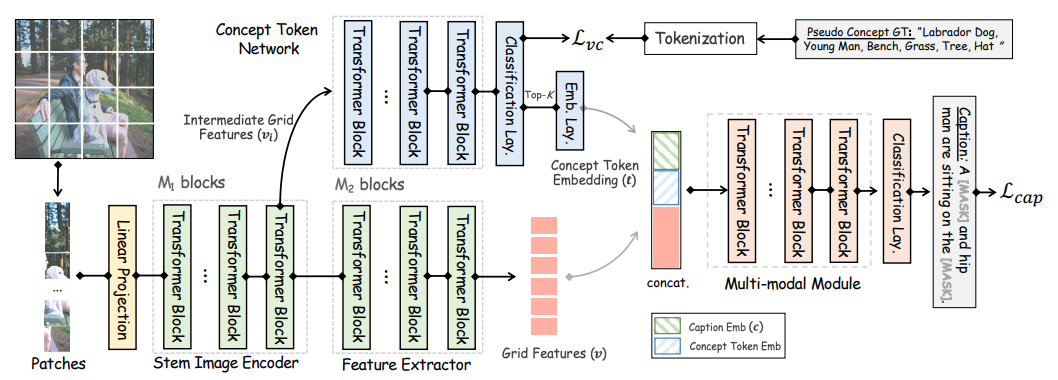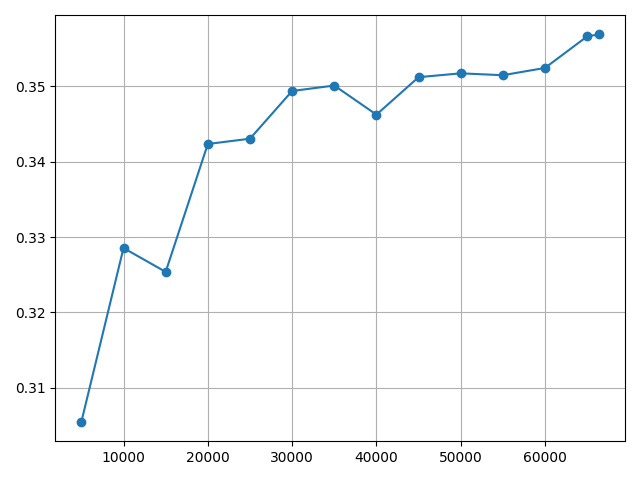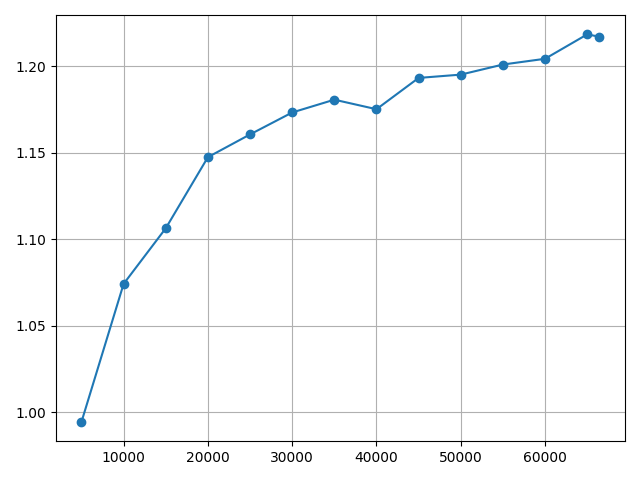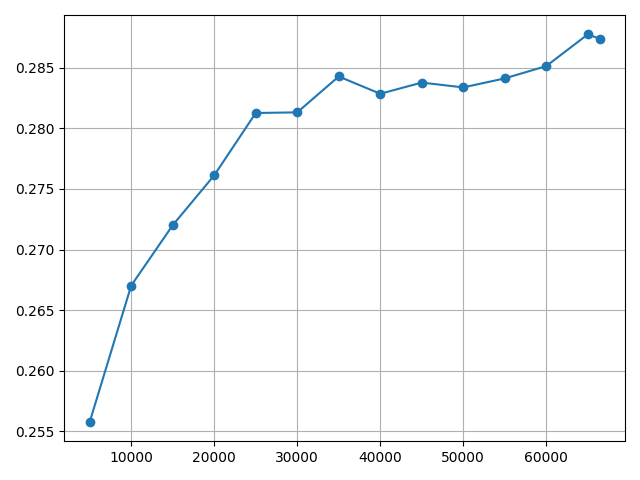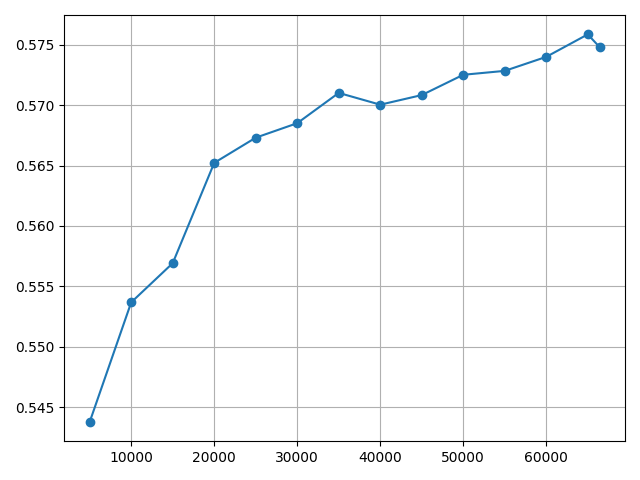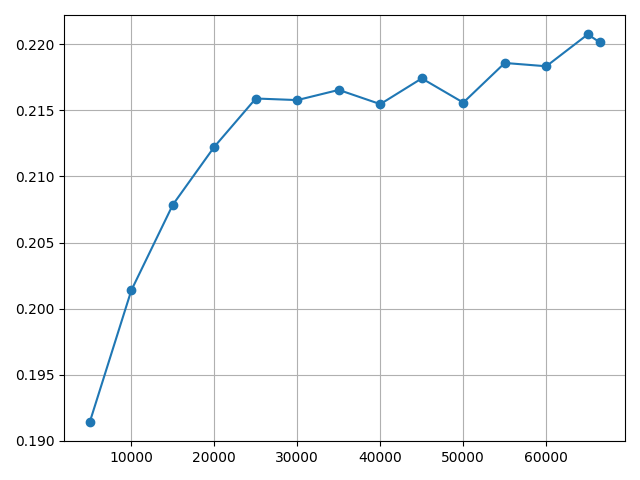ViTCAP
This repo contains the code for CVPR-2022 paper Injecting Semantic Concepts into End-to-End Image Captioning.
ViTCAP is an end-to-end transformer-based image captioning model. ViTCAP takes the raw images as input and predict:
- Semantic concepts exist in the image, and
- an open-form textual description of the image. This repo contains the implementation and evaluation of ViTCAP on COCO-captioning dataset.
ViTCAP Demo
Please see Loading Script.ipynb for a quick demo to load a trained ViTCAP checkpoint for inference.
Dependencies
The project enviroment in my local is PyTorch 1.6:
conda install pytorch==1.6.0 torchvision==0.7.0 cudatoolkit=10.1 -c pytorch
pip install -r requirements.txt
Construct the coco_caption tool, place the coco_caption in ./src/tools/captioning, then execute ./get_stanford_models.sh. Place the cider tool in ./src/tools/captioning for CIDEr metric computation.
Dataset
Download the COCO-captioning TSV Dataset and place it in ./data/ViTCAPCOCO. Place train.img.tsv and test.img.tsv in ./data/ViTCAPCOCO/coco_caption/.
(Please do not distribute it for commercial use due to possible copyright concern. )
For the large scale pre-training corpus of ViTCAP, refer to VinVL Repo for downloading large scale VL corpus.
I do not plan to further update the VL pre-trained ViTCAP and their evaluations on other benchmarks at this time. Please refer to other implementations like OSCAR/VinVL for extension.
Training & Evaluation
The bellowing commands will do the training & evaluation.
To conduct the training (optimized by cross-entropy), modify the type in the YAML file to pipeline_train_eval_multi. Place the trained ViT-b checkpoint directory in the ``./checkpoint'', which contains a pre-trained ViT-base that is optimized to predict existing image concepts from million images via a classification task (see Checkpoint).
Run:
python run.py -c ./yaml/ViTCAP_Captioning_batch-size_512_encoder_vit_base_patch16_384_lr_1e-4_iter_60_vitbfocal20_bert_tokenizer_tags_ENC-DEC_multiplier_0.1.yaml
Note: there seems to have an error when I try to initialize the PyTorch DDP mode in my local machine. I'm not sure what leads to the DDP mode error in my local at this time but probably they are good in your machine. Due to my limit time, I'll try fix this bug in future.
To conduct evaluation, modify the type in the YAML file to pipeline_eval_multi and run:
python run.py -c ./yaml/ViTCAP_Captioning_batch-size_512_encoder_vit_base_patch16_384_lr_1e-4_iter_60_vitbfocal20_bert_tokenizer_tags_ENC-DEC_multiplier_0.1.yaml
For example, to use the pre-trained checkpoint for evaluation, copy
./checkpoint/Logit_Vilt_captioning_testing_batch-size_512_encoder_vit_base_patch16_384_lr_1e-4_iter_60_vitbfocal20_bert_tokenizer_tags_ENC-DEC_multiplier_0.1_expand_tag-classifier_emb.pt
to ./output/XXX/snapshot/model_iter_XXX.pt. XXX depends on the batch size, and you will get a prompt no model_iter_XXX.pt checkpoint found if not correct, and just rename it would be fine accordingly.
If everything is correct, this should give your the results of ViTCAP:
| BLEU-4 | CIDEr | METEOR | ROUGE | SPICE |
|---|---|---|---|---|
| 35.7 | 121.8 | 28.8 | 57.6 | 22.1 |
To conduct the CIDEr optimization, modify scst to True and tune scst_num_return if GPU memory is not sufficient. Note that CIDEr optimization consumes very large memories and I just randomly sample just 70% tokens and reduce batch size and scst_num_return to 2 for training on my V100 devices. This probably indicates that better CIDEr score is very likely to be reached if using a larger memory device (say, A100) or better sampling method or larger scst_num_return number.
Checkpoint
Download the COCO-caption pre-trained checkpoint here (Cross-entropy optimized).
Download the concept classification trained ViT checkpoint here. We find that it is essential to use the semantic classification optmized ViT to initialize ViTCAP, which is trained to predict the image-level concepts with 4 million images.
The training log of can be found in here. The results across difference epochs are shown as below:
From left to right: BLEU-4, CIDEr, METEOR, ROUGE, SPICE .
ToDo
- Training and evaluation code
- Quick demo notebook code.
- COCO training TSV file.
- COCO pre-trained checkpoint.
- Visualization codes for predicted semantic concepts and grounded visual concepts.
- Implementation on no-caps and Google-CC and pre-training. No plan at this time.
Citation
Please cite our work if you find it helpful:
@inproceedings{fang2021injecting,
title={Injecting Semantic Concepts into End-to-End Image Captioning},
author={Zhiyuan Fang, Jianfeng Wang, Xiaowei Hu, Lin Liang, Zhe Gan, Lijuan Wang, Yezhou Yang, Zicheng Liu},
booktitle = {CVPR},
year = {2022},
}Acknowledgments
This implementation is largely based on Jianfeng's efforts and Microsoft Azure-Florence Group. Thanks my collaborators.
License
ViTCAP is released under the MIT license.
